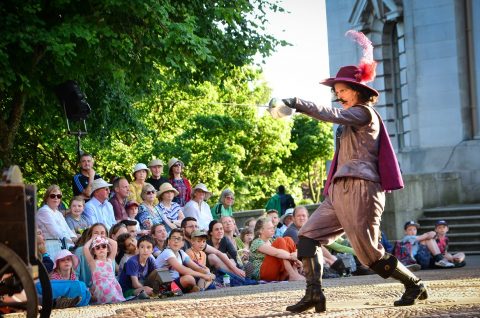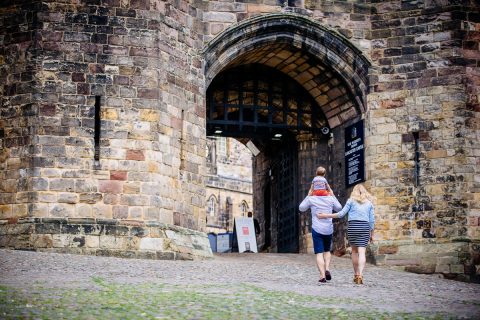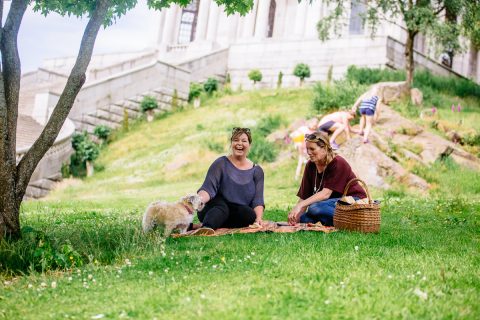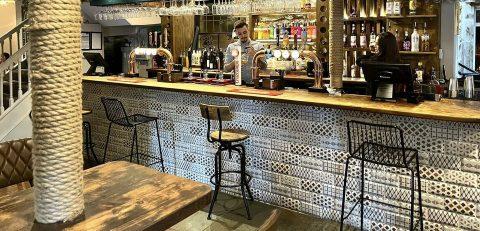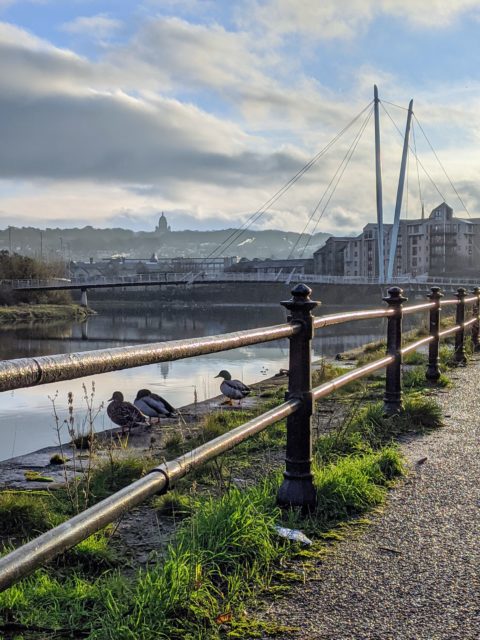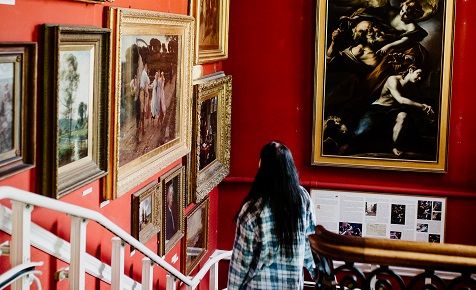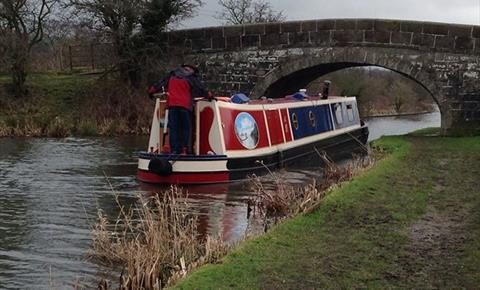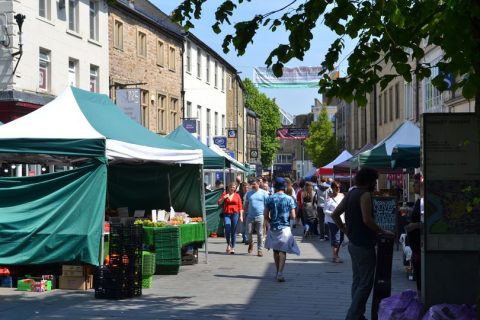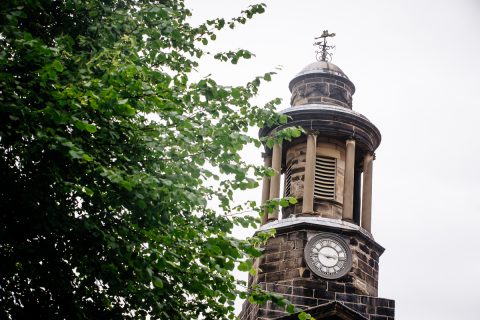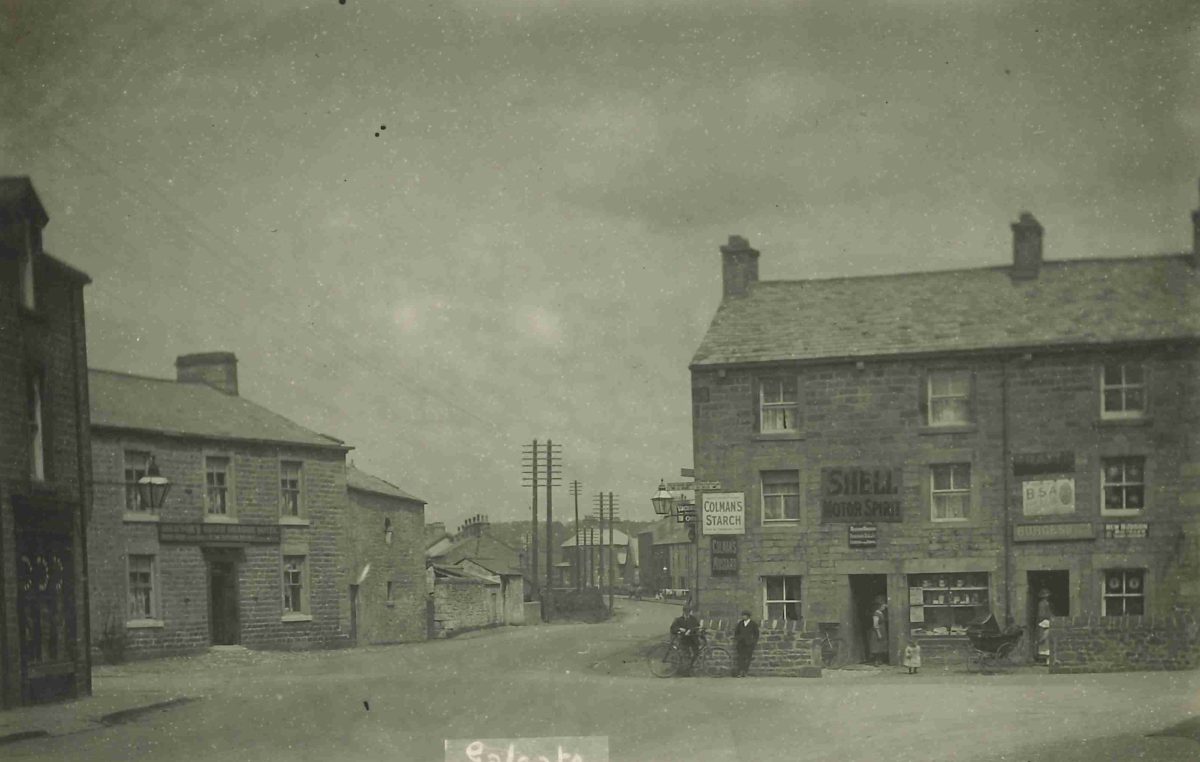Galgate
The meaning of Galgate is ‘the Galloway Road’ and it was first recorded in 1267-8 by the monks of Cockersand Abbey as ‘Galwaithegate’.
It has been assumed that the name originates in the drovers’ practice of walking their cattle over long distances to market. In the mid-1200s the population was booming and markets were thriving so this may well be the most likely explanation.
The practice of droving is associated with the early 1600s onwards once England, Wales and Scotland were ruled by one monarch, but it is likely to be much older. Recent research seems to show the Roman road north going via Cockerham, but by the 1200s the road had obviously shifted to run through Galgate. This was possibly due to a rise in sea levels in the late Roman and/or Early Medieval period.
Both the Lancaster area and Galloway were closely connected to Ireland and the Isle of Man in the Viking Age and had strong Hiberno-Scandinavian links. These may have encouraged greater freedom of trade within and through the area.
The ‘gate’ part does not refer to an actual gate but comes from the Scandinavian word ‘gata’ for a road. You can often see it still used in northern towns today e.g., St Leonards Gate in Lancaster. Scandinavian words were used in this part of the world well into the Middle Ages and so it does not mean that the place was named in the Viking Age.
Galgate is very quiet in this photo from the 1920s/30s, but the Shell sign is an indication of its position on the main road to Lancaster.


